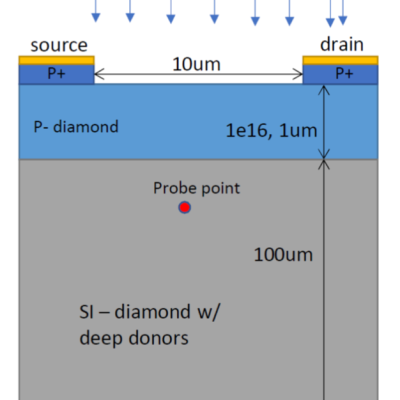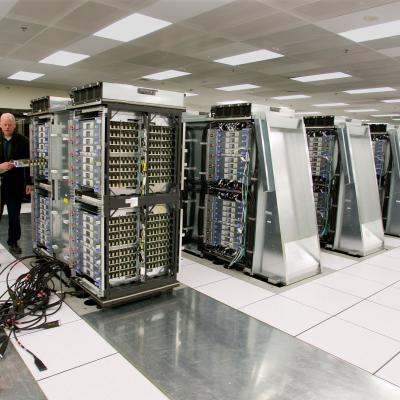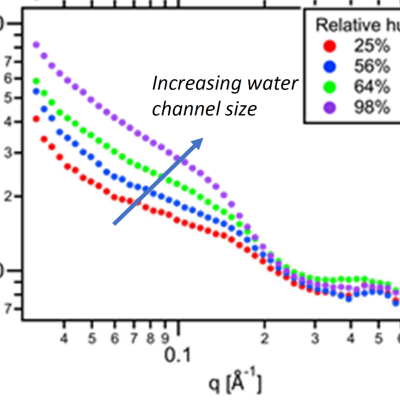LLNL researchers have developed a method to enhance the performance of polyelectrolyte membranes by using a humidity-controlled crosslinking process which can be applied to precisely adjust the water channels of the membrane.
Keywords
- Show all (56)
- Electric Grid (7)
- Carbon Utilization (6)
- Data Science (5)
- Additive Manufacturing (4)
- Cybersecurity (4)
- Materials for Energy Products (4)
- 3D Printing (3)
- Direct Air Capture (3)
- Imaging Systems (3)
- Analysis (2)
- Computing (2)
- Inertial Fusion Energy (IFE) (2)
- Power Electronics (2)
- Simulation (2)
- Synthesis and Processing (2)
- Geologic Storage (1)
- Inertial Confinement Fusion (ICF) (1)
- Microfabrication (1)
- (-) Information Technology (1)
- (-) Membranes (1)

LLNL’s novel approach is to use diamond substrates with the desired donor (nitrogen) and acceptor (boron) impurities. In order to optically activate these deep impurities, the invention requires at least one externally or internally integrated light source. The initial exposure to light can set up the desired conduction current, after which the light source could be turned…

LLNL has developed a new active memory data reorganization engine. In the simplest case, data can be reorganized within the memory system to present a new view of the data. The new view may be a subset or a rearrangement of the original data. As an example, an array of structures might be more efficiently accessed by a CPU as a structure of arrays. Active memory can assemble an alternative…


